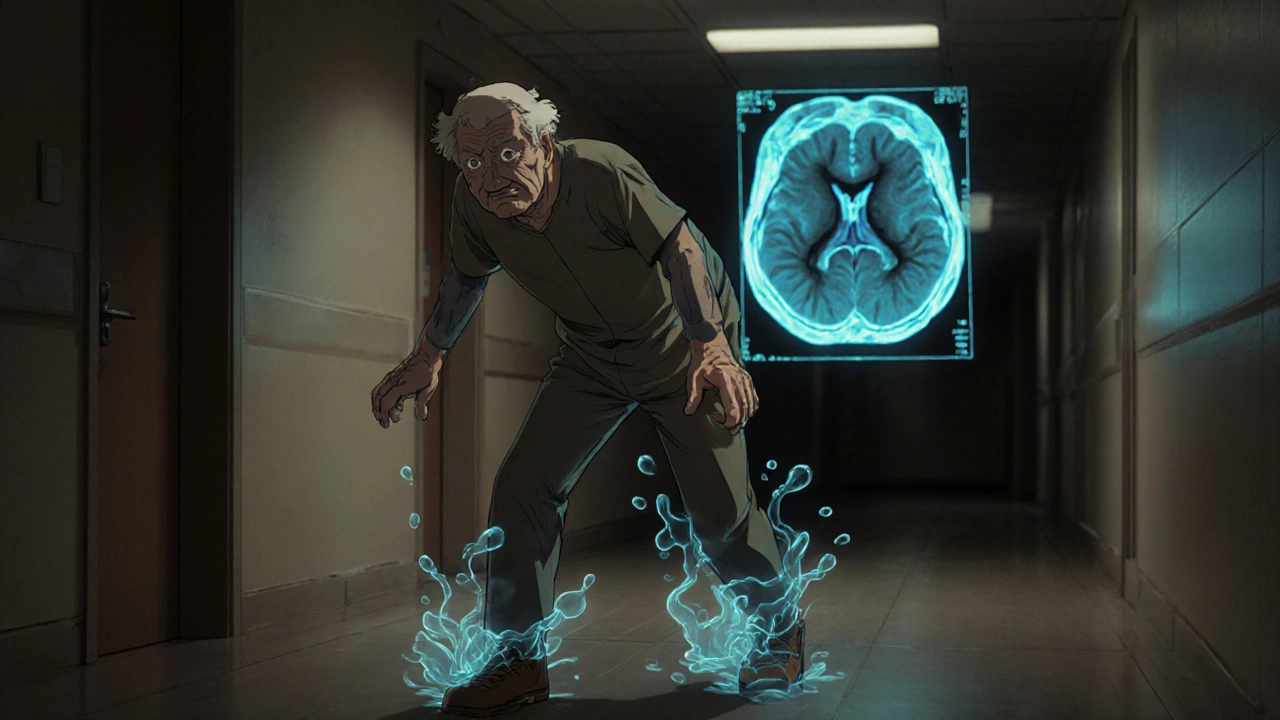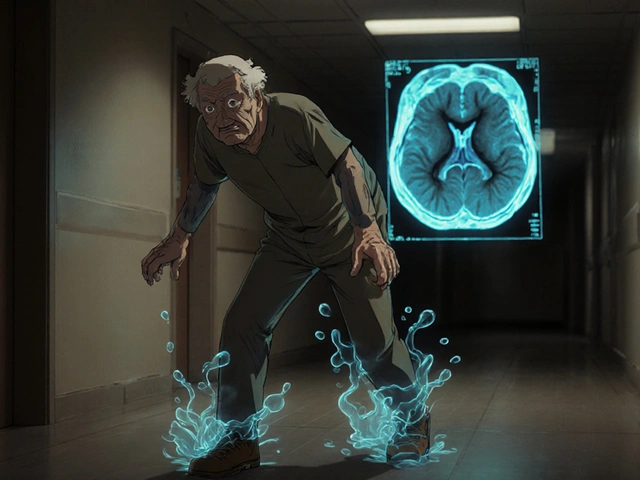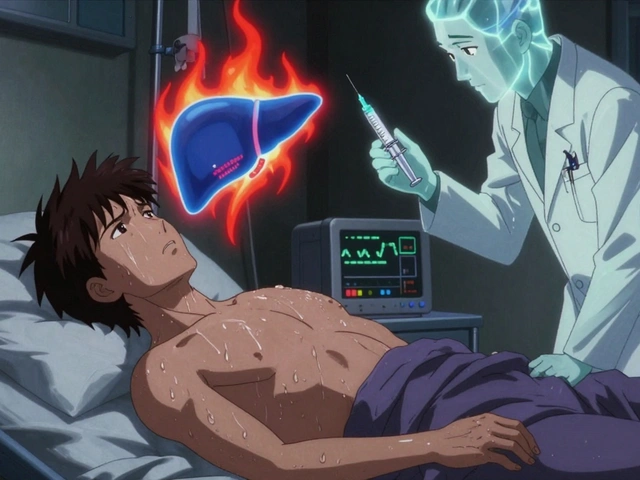Gait Disturbance: Causes, Medications, and How It Affects Mobility
When your walk changes—stumbling, shuffling, or feeling unsteady—you’re dealing with a gait disturbance, a visible change in walking pattern caused by neurological, muscular, or structural problems. Also known as walking abnormality, it’s not a disease itself but a warning sign your body is struggling to coordinate movement. This isn’t just about clumsiness. It’s your nervous system sending mixed signals to your legs, feet, or brain. Think of it like a software glitch in your body’s control system: the commands to move aren’t getting through cleanly.
Many neurological disorders, conditions that affect the brain, spinal cord, or nerves cause gait disturbance. Stroke is one of the most common. After a stroke, parts of the brain that control movement get damaged, leading to dragging one leg, uneven steps, or loss of balance. Parkinson’s disease does something similar—slowing down signals, making steps small and shuffling. Even peripheral neuropathy from diabetes can numb your feet so much that you don’t feel the ground, and your walk becomes unpredictable. These aren’t rare cases. Studies show over 30% of adults over 65 have some form of gait issue, and many don’t realize it’s linked to something treatable.
Medications are another major trigger. A lot of drugs meant to help you can accidentally mess with your walk. anticoagulants, blood thinners used to prevent clots don’t directly affect gait, but if they cause internal bleeding in the brain, the result is a sudden change in walking. SSRIs and opioids, when taken together, can cause serotonin syndrome—a condition that can lead to muscle rigidity and unsteady steps. Even common drugs like benzodiazepines for anxiety or older antihistamines for allergies can make you dizzy and off-balance. Seniors are especially at risk because aging kidneys and liver process these drugs slower, letting them build up and amplify side effects. If your walk changed after starting a new pill, talk to your doctor. It might not be aging—it might be the medicine.
Some gait problems come from muscle weakness, joint pain, or inner ear issues that affect balance. But the ones tied to nerves or drugs are the most dangerous because they’re often reversible. Catching them early means adjusting your meds, starting physical therapy, or treating the root cause before a fall leads to a broken hip or worse. The posts below cover exactly this: how medications like those for gout, depression, or stroke recovery can influence movement, what alternatives exist, and how to spot when your walk is telling you something serious is wrong. You’ll find real examples—not theory—of what works, what doesn’t, and what to ask your doctor next time you feel off-balance.
Normal Pressure Hydrocephalus: Understanding Gait Issues, Cognitive Changes, and Shunt Treatment
By Lindsey Smith On 19 Nov, 2025 Comments (14)

Normal Pressure Hydrocephalus (NPH) is a treatable cause of dementia with classic symptoms: gait trouble, memory issues, and bladder control problems. Early diagnosis through CSF tests and shunt surgery can reverse symptoms in most patients.
View More




